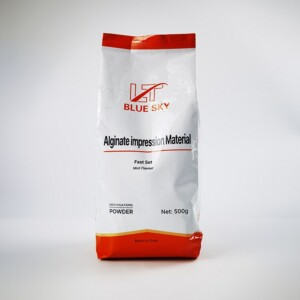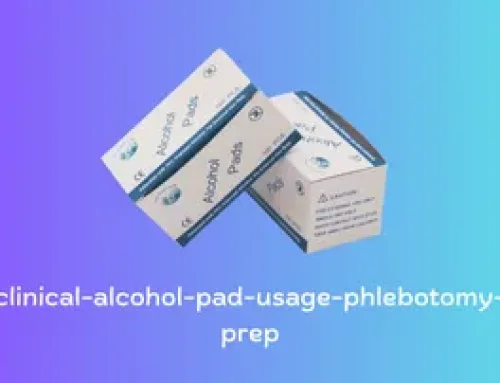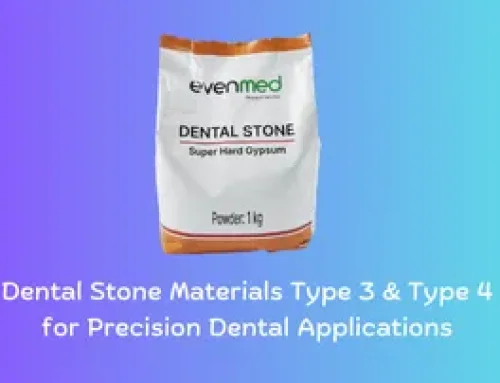Dental professionals often rely on accurate and high-quality impressions to diagnose and treat various dental conditions. Alginate is one of the most commonly used materials for dental impressions, due to its versatility, affordability, and ease of use. In this article, we will discuss everything you need to know about dental alginate impression material, including its properties, benefits, and usage.
What is Dental Alginate Impression Material?
Dental alginate impression material is a type of impression material that is commonly used in dentistry to create a mold or replica of a patient’s teeth and gums. This material is made from seaweed extract, which is a natural, biodegradable, and non-toxic material. Alginate has a smooth, creamy texture and is easily mixed with water to create a moldable consistency. The material sets quickly, usually within 3 to 5 minutes, and forms an accurate and detailed impression of the patient’s oral anatomy.
Benefits of Dental Alginate Impression Material
There are several advantages to using dental alginate impression material in dentistry, including:
- Affordability: Compared to other types of impression materials, alginate is relatively cheap, making it a cost-effective option for dental professionals.
- Versatility: Alginate is suitable for a wide range of dental procedures, including crown and bridge work, orthodontics, and implant placement.
- Easy to Use: Alginate is easy to mix and manipulate, and can be used to create impressions with minimal waste.
- High Accuracy: Alginate is known for producing highly accurate and detailed impressions, which is crucial for effective diagnosis and treatment planning.
- Safe and Non-Toxic: As a biodegradable and non-toxic material, dental alginate is safe for both patients and the environment.
How to Use Dental Alginate Impression Material
Using dental alginate impression material is relatively simple and straightforward. The following steps outline the process for making an alginate impression:
- Prepare the material: Measure out the appropriate amount of alginate powder and place it in a mixing bowl. Gradually add water while mixing the material until a smooth, creamy consistency is achieved.
- Load the tray: Load the mixed alginate into a dental impression tray. Make sure to remove any air bubbles that may have formed during mixing.
- Take the impression: Insert the loaded impression tray into the patient’s mouth, making sure to position it correctly over the teeth and gums. Have the patient bite down gently to ensure proper contact with the oral anatomy.
- Remove the tray: After the alginate has been set, gently remove the impression tray from the patient’s mouth. Rinse the tray and the impression under running water to remove any debris.
- Store the impression: Place the impression in a container or plastic bag to keep it clean and protected until it is ready to be used.
For more details on how to use the dental alginate impression material, please check this video follow.
CE and ISO Certification of Dental Alginate Impression Material
CE (Conformité Européene) and ISO (International Organization for Standardization) certifications are important indicators of quality and safety in the dental industry. Products that carry these certifications have been independently tested and verified to meet certain standards, which can give dental professionals and patients peace of mind.
One of the advantages of using alginate as an impression material is its affordability compared to other options. Additionally, it is also easy to use and does not require any special equipment, making it a popular choice for dental professionals. It is also a safe option for patients as it is non-toxic and does not cause any adverse reactions in the mouth.
In conclusion, Dental Impression Material is a high-quality, safe, and cost-effective option for dental professionals. Its certifications provide assurance of its quality and safety, while its unique properties make it an excellent choice for creating accurate and precise molds for various dental procedures. By purchasing wholesale, dental professionals can save costs while still providing the best possible care to their patients.






